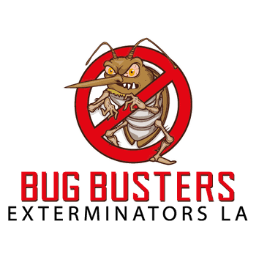If you have pets that go outside frequently, it shouldn’t be too much of a surprise when fleas get into your home. While outside, our cats and dogs often wander into locations where fleas commonly hide, and those fleas will 'jump' at the opportunity to get a blood meal. However, even if you don’t have a dog or cat, you can still end up with fleas in your home. This is because fleas will also feed on the blood of smaller mammals such as mice, rats, or squirrels. If you’re finding fleas in your home and you don’t have pets, you probably have another pest issue on your hands.

